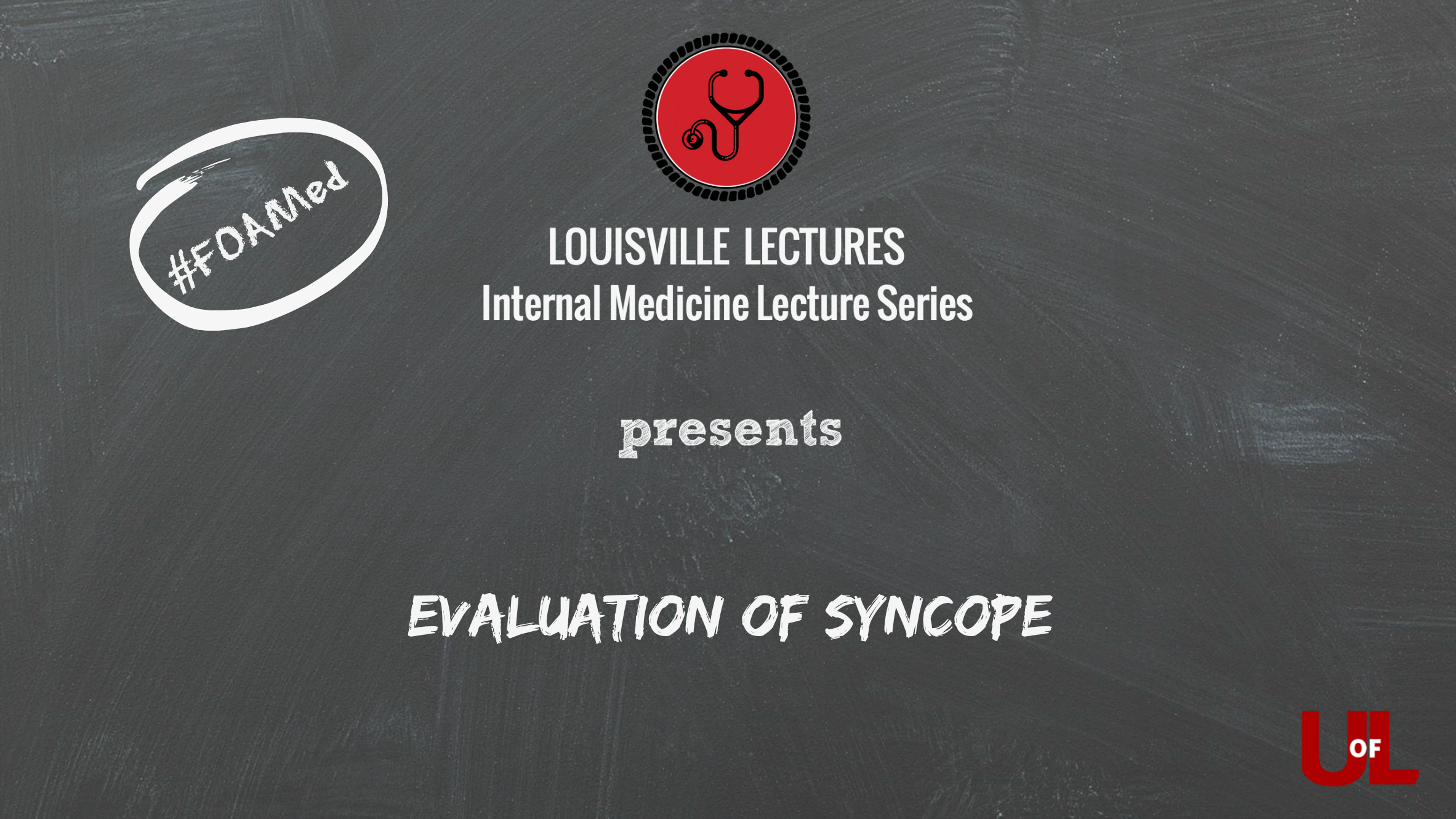neurology
Dr. Mitchell presents Syncope by first discussing the different types of Syncope as well as cost effective evaluations. She then discusses risk stratification along with management and complications.
Dr. Eric Burton explains brain tumors in this presentation about CNS tumors, common gliomas, histological classification of tumors and the epidemiolgy of primary brain and CNS tumors. He also discusses the general signs and symptoms of increased intracranial pressure as well as focal cerebral syndromes. After presenting various treatment plans, Dr. Burton talks through survival rates along with how to speak with patients about expected timelines.
Dr. Martin Brown presents ALS and other motor neuron diseases by first reviewing their history and clinical course. He then discusses the diagnostic workup and efforts to find anything instead of ALS and finally ends his presentation with a discussion on the standard of care and the multidisciplinary ALS clinic.
Dr. Shah presents Acute CVA by first explaining how to evaluate a stroke patient, define a stroke and TIA as well as stroke epidemiology. He then discusses the concept of penumbra along with vascular anatomy and pathogenesis. After talking through the risk factors and classifying ischemic stroke, Dr. Shah finishes with the signs and symptoms of a stroke.
Dr. Sager presents Delirium and how common it is through various statistics before explaining the Delirium DSM- 5 Criteria. He then discusses the many paths that lead to the development of Delirium and why that makes it so difficult to treat as well as the diagnosis of Delirium and the different risk factors involved like dementia, immobility, sensory impairment, etc. While treatment is hard to come by, Dr. Sager discusses the different treatments available.
Dr. LaFaver presents Movement Disorders by first explaining the spectrum of hyperkinetic movement disorders from myoclonus to dystonia and how their movements differ among them as well as what movements are classified between hypokinetic and hyperkinetic movements. She then explains the phenomenology of movements and how to describe them before going into detail about the differences between Parkinson's Disease and Essential Tremor.
In this case-based lecture, Dr. Brittany Chapman discusses differential diagnosis for seizure-like events, diagnostic workup, seizure classification and epilepsy treatments. She also delves into comorbidities and long term epilepsy prognosis.
In this lecture, Dr. Mitchell discusses the etiology, evaluation, and workup of syncope in different age groups. She goes on to further discuss a guidelines based approach to diagnosis and pursuit of treatment options (including discharge to home, when appropriate).
Dr. Rebecca Tamas presents a common complaint: Somatoform Disorders. She touches on the clinical criteria then delves into treatment options.
Dr. Charlene Mitchell gives a thorough talk on altered mental status including clinical features, risk factors, epidemiology, pathogenesis, management and prevention. A must for all house staff officers and hospitalists!
In this lecture, Dr. Kerri Remmel summarizes acute stroke care. She covers the basics of stroke vs. TIA, rapid assessment in the emergency department, scoring with NIH stroke scale, IV-tPA considerations, and endovascular treatments.












Dr. Brittany Chapman begins her discussion with a few definitions like provoked and unprovoked seizures, as well as epilepsy. She then details the work up for seizures along with treatment. After, she reviews special considerations for women with epilepsy.